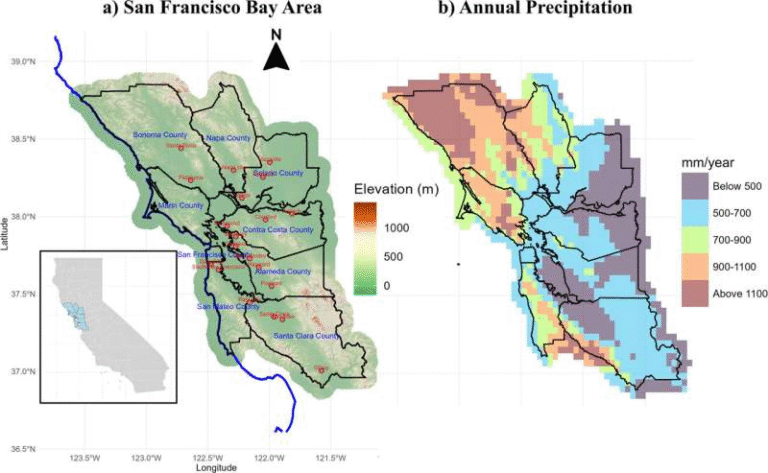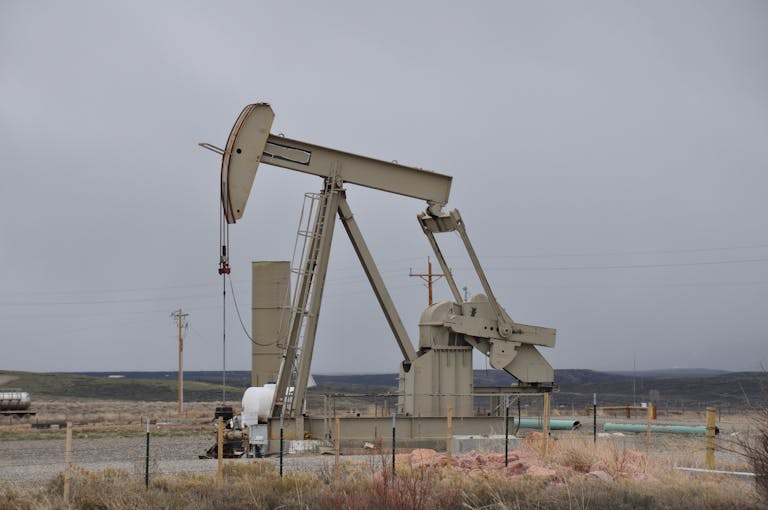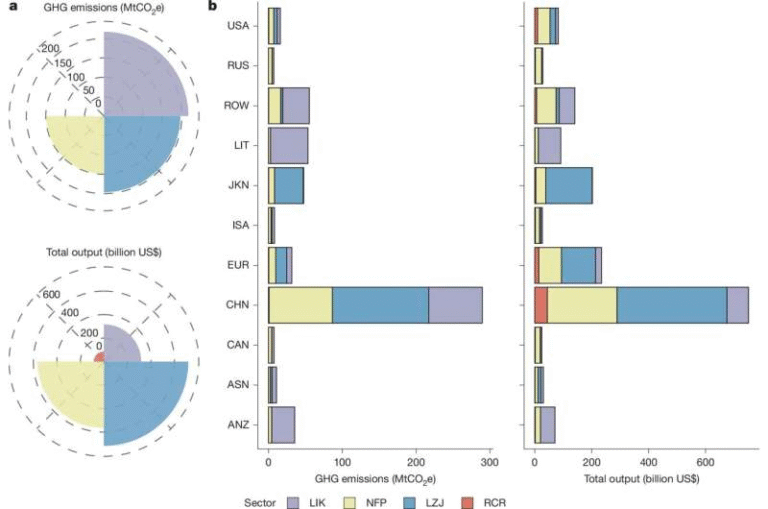Tiny Ocean Organisms Missing from Climate Models Could Hold the Key to Earth’s Carbon Future

A new study published in Science reveals that some of the smallest ocean organisms—microscopic plankton that build shells of calcium carbonate—play a far bigger role in regulating Earth’s climate than current models acknowledge. By overlooking these calcifying plankton, scientists warn that our climate predictions may be underestimating how the ocean absorbs and cycles carbon.
This international study was led by researchers from the Institute of Environmental Science and Technology at the Autonomous University of Barcelona (ICTA-UAB), with contributions from marine scientists worldwide. Their findings highlight a gap in Earth system models that could change how we understand global warming and ocean chemistry.
The Ocean’s Hidden Carbon Engineers
The study focuses on three groups of marine microorganisms that construct delicate calcium carbonate (CaCO₃) shells: coccolithophores, foraminifers, and pteropods. Though invisible to the naked eye, these tiny organisms collectively form one of the planet’s most vital systems for storing and cycling carbon.
When they form their shells, these plankton absorb carbon from seawater in the form of calcium carbonate. When they die, their remains sink to deeper layers of the ocean, carrying carbon with them—a process known as the biological carbon pump or carbonate pump. Over millions of years, these microscopic shells have shaped not just ocean chemistry but also the Earth’s climate history and the fossil record we study today.
Why They’re Missing from Climate Models
According to the new paper, the role of these organisms is oversimplified or completely missing in most climate models, including the widely used Coupled Model Intercomparison Project Phase 6 (CMIP6), which informs global climate assessments like those from the IPCC.
The problem is that many models treat the entire group of shell-building plankton as a single uniform category, ignoring their biological diversity and the different ways each species interacts with the environment. For example:
- Coccolithophores are among the main producers of CaCO₃ in the open ocean but are highly sensitive to ocean acidification because they lack cellular pumps that regulate acidity.
- Foraminifers and pteropods, though equipped with such mechanisms, face other challenges like warming waters, low oxygen levels, and habitat loss.
Ignoring these differences, the researchers say, leads to an incomplete picture of how ocean ecosystems—and the global carbon cycle—will respond to climate change.
The Overlooked Process: “Shallow Dissolution”
One of the most striking findings from the review is the phenomenon of shallow dissolution. When calcifying plankton die, their shells don’t all reach the seafloor as previously assumed. Instead, a large fraction dissolves in the upper layers of the ocean, long before settling into the deep sea.
This process is influenced by biological activity such as predation, microbial respiration, and particle aggregation—all of which increase acidity in localized regions and cause shells to dissolve early. The dissolved calcium carbonate changes seawater chemistry, affecting alkalinity and CO₂ levels, and therefore plays a key role in regulating Earth’s thermostat.
Yet this critical process is largely missing from current climate models. By not accounting for shallow dissolution, these models may underestimate the ocean’s buffering capacity and its ability to store carbon over long timescales.
Why Diversity Matters in the Ocean’s Carbon Cycle
Each group of calcifying plankton contributes differently to carbon cycling, depending on its size, mineral type, and ecological behavior:
- Coccolithophores are small algae that dominate warm, nutrient-poor waters. Their calcite plates (called coccoliths) reflect sunlight, affecting how much heat the ocean absorbs.
- Foraminifers, single-celled organisms with complex shells, tend to inhabit both surface and deep waters, making them major players in carbon export to the deep ocean.
- Pteropods, tiny swimming snails known as “sea butterflies,” produce shells made of aragonite, a more soluble form of CaCO₃. They are extremely sensitive to ocean acidification and are considered indicators of ocean health.
Together, these organisms regulate the chemistry of seawater, influence global carbon fluxes, and even determine how light interacts with the ocean surface, affecting the planet’s energy balance.
Implications for Climate Predictions
The omission of these organisms and processes means current models might be underestimating carbon uptake by the ocean and misrepresenting feedbacks between the ocean and atmosphere. This has major implications for projecting how much CO₂ the oceans can absorb in the coming decades.
If the models don’t properly simulate how plankton form, dissolve, and recycle calcium carbonate, the predictions for future CO₂ concentrations, ocean acidification, and climate feedback loops may be less accurate than we think.
The researchers argue that improving climate models requires:
- Quantifying how much calcium carbonate each plankton group produces under varying environmental conditions.
- Measuring dissolution rates at different ocean depths to estimate how much CaCO₃ actually reaches the seabed.
- Understanding how stressors like temperature rise, acidification, and oxygen loss impact each group.
- Integrating these findings into Earth system models to refine our understanding of the ocean’s carbon balance.
What This Means for Earth’s Carbon Future
The oceans absorb about a quarter of all human-produced CO₂ every year, and calcifying plankton are essential to this process. However, their delicate shells make them vulnerable to the very climate changes they help regulate. As the oceans become more acidic and warmer, these organisms may struggle to maintain their shells, reducing their ability to capture carbon effectively.
This creates a potential feedback loop: as plankton calcify less, less carbon sinks to the deep ocean, more CO₂ remains in the atmosphere, and global warming accelerates. Without accounting for such feedbacks, we risk underestimating the pace and severity of climate change.
A Closer Look: The Science of Biomineralization
Biomineralization—the process by which living organisms produce minerals like calcium carbonate—is one of nature’s most fascinating biochemical mechanisms. In the ocean, it occurs in countless microscopic organisms that have evolved to build intricate shells and skeletons.
These structures serve multiple functions:
- Protection from predators
- Control of buoyancy
- Filtering light or nutrients
- Maintaining cellular balance in changing water chemistry
When millions of these organisms live, die, and sink each day, they create a massive vertical conveyor belt of carbon, connecting the surface and the deep sea. This conveyor is one of the most important climate-regulating systems on Earth, and yet it operates silently beneath the waves, far from public attention.
The Call for Better Models and Better Data
The authors of the study call for new generations of climate models that capture biological and chemical complexity more accurately. They also emphasize the need for global field measurements, laboratory experiments, and satellite observations to fill the existing data gaps.
This includes mapping where and how fast different plankton species calcify, how much CaCO₃ they export to the deep sea, and how these patterns vary with changing environmental conditions.
Such improvements wouldn’t just refine future climate predictions. They would also help scientists interpret ancient climate records preserved in ocean sediments, since many of these shells eventually fossilize and record past environmental changes.
Why This Study Matters Now
In an era where climate models drive international policy decisions, the discovery that entire groups of organisms and key ocean processes are missing from them is a wake-up call. The ocean is not just a passive sink for carbon—it’s a dynamic, living system shaped by billions of tiny engineers. Understanding and representing them correctly could sharpen our predictions and reveal how Earth’s climate truly works.
Ignoring them, as lead researcher Patrizia Ziveri and her colleagues warn, means missing out on some of the most fundamental processes that determine how our planet will respond to ongoing change.
Research Reference:
Patrizia Ziveri et al. (2025). Calcifying plankton: From biomineralization to global change. Science. https://www.science.org/doi/10.1126/science.adq8520





